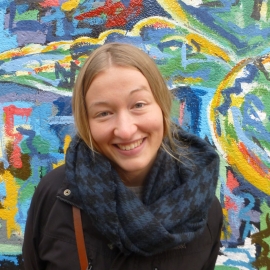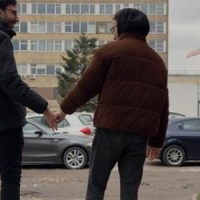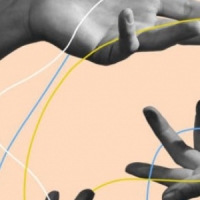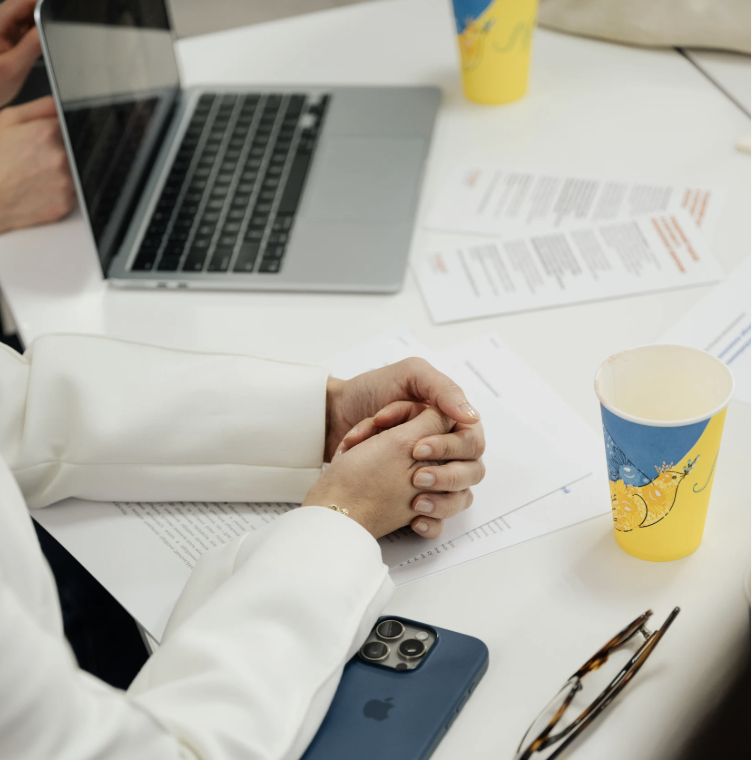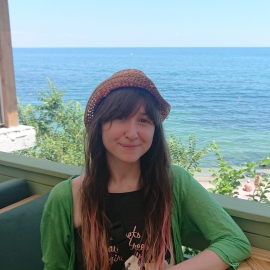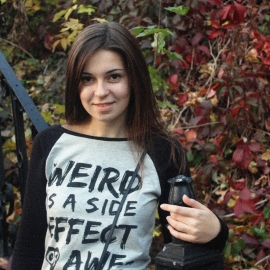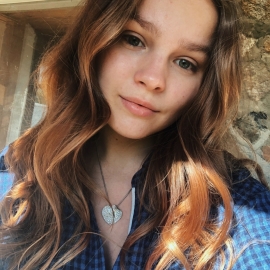Zakharova, O., Oktysyuk, A. and Radchenko, S. (2017) : Participation of Women in Ukrainian Politics. International Centre for Policy Studies (ICPS)
This report gives a thorough overview of women in Ukrainian politics from its foundation in 1991 up until today. Though there were more women in the Ukrainian Parliament, Verkhovna Rada, in 2014 (12 percent) than in 1991-1994 (3 percent), the gender gap in Ukrainian national, regional and local decision-making units continues to be massive. No woman has been Chairperson of the Verkhovna Rada of Ukraine. In the VIII Convocation 2014, Oksana Syroid was the first woman ever in Ukrainian politics to gain a leadership position as Deputy Chairperson, and in 2016 Iryna Gerashchenko was elected as First Deputy Chairperson of the Verkhovna Rada. In recent years, certain committees against gender inequality have been formed, and they are all headed by women. Furthermore, women have gone from only being represented in committees regarding education and social policies to being represented in all committees. However, no women have been part of the budget forming committee. According to the data of the National Democratic Institute 2013, women made up 12 percent in the regional councils, 23 percent in district councils, 51 percent in rural councils and 46 percent in settlement councils. Women are thus almost not present in the more influential and prestigious positions. In Kyiv, Sevastopol and cities that are regional centres, only two women have been elected as mayor (Zhytomyr, 1996 and Kherson, 1994). As of 2015, the 30 percent electoral quota took effect. It provides that there should be no less than 30 percent of the same sex on the parties’ electoral lists. This rule was not adopted easily, and it was off to a slow start as very few parties followed this quota. The report contains data on each of Ukraine’s political parties’ performance in this regard.
Ukrainian Women’s Fund (2010). Increasing Women’s Representation in Decision Making through Political Parties
This report is based on the results of a survey carried out among the political parties represented in the Verkhovna Rada of Ukraine. Out of 16 political parties represented in the Verkhovna Rada of Ukraine, eight agreed to participate in the study: All-Ukrainian Union ‘Fatherland’, European Party of Ukraine, People's Party, People's Movement of Ukraine, Political Party ‘Forward, Ukraine!’, Ukrainian People's Party, Ukrainian Republican Party ‘Sobor’, and Ukrainian Social Democratic Party. All eight political parties claim to have no discriminatory policies towards female party members, and they express that men and women make equally good politicians. What matters is experience, principles and political will. In most parties, women are represented practically equally among members. However, the leading political positions are almost exclusively held by men. The leadership positions are supposedly granted based on skills and meritocracy, and most of the parties were disinterested in strengthening the role of women in their parties. None of the participants support the idea of establishing quotas for women and do not believe it would increase the number of women in politics. As the only two, representatives of ‘Batkivshchyna’ and the People's Party actively identify leadership potential amongst female members and support the idea of implementing training programs for women. The parties point to the following as challenges of female political participation: traditional family structures, poor organization of the Ukrainian women’s movement, disinterest in leadership roles on the part of women and opposition of male politicians.
Rubchak, M.J. (2012). Seeing pink: Searching for gender justice through opposition in Ukraine, European Journal of Women’s Studies
In this article, Rubchak identifies and explains two waves of opposition in Ukrainian society after the transition from totalitarianism towards democracy. The First Wave is a neo-traditional rejection of communist values. The Second Wave is a rejection of the newly established cultural codes. Within both waves there are elements of female emancipation. Neither of the two have manifested themselves as organised national movements. The first wave was dominant up until 2008 and was primarily centred around creating a national identity with women as centipede. In this context, the Berehynia figure has been important as it symbolizes the reproductive, nurturing and nation-protecting character of womankind. The first wave would thus liberate women from Soviet all-encompassing masculinity and allow their female nature to flourish. Some first-wave-protesters would demand equal rights, given the seemingly central role of women in society. The second wave was run by primarily young students, openly criticizing the lack of gender justice in the system. This is exemplified through the movement FEMEN, which raises awareness of trafficking and prostitution through provocative political protests. FEMEN’s activities are thoroughly described in the article.
Kis, O. (2007). "Beauty Will Save The World": Feminine Strategies in Ukrainian Politics and the Case of Yulia Tymoshenko
In this article, Oksana Kis deconstruct central-right politician Yulia Tymoshenko’s political image in order to reveal the secrets of her success. Rubchak argues that women in politics must live up to Ukrainian ideals of femininity to gain votes and popularity; they must radiate that they are virtuous mothers of the nation (Berehynia) and national sex symbols (Barbie). The article shows how Tymoshenko rhetorically applies these symbols of womanhood and victimized martyr when staging her political worth. Tymoshenko is known for being a tough political figure, which is often mentioned as a contrast to her beautiful exterior or portrayed through symbols of militant femininity, such as an amazon. Though Tymoshenko would never claim to be a feminist, her actions and multifaceted interpretations of her own femininity says otherwise. Furthermore, Tymoshenko rarely comments on women’s roles, but she has nevertheless voiced that women should be more influential in political decision making.
Martsenyuk, T. (2012). Chapter 1: Women’s Top-Level Political Participation. Failures and Hopes of Ukrainian Gender Politics. In: O. Hankivsky and A. Salnykova (eds.) Gender, Politics and Society in Ukraine. Toronto: University of Toronto Press
In this chapter, Tamara Martsenyuk discusses the possibilities, strengths and weaknesses of introducing gender quotas in the Ukrainian political system. The chapter includes interesting statistics based on the public opinion survey ‘Opinions and Attitudes of the Ukrainian Population’ from 1999, 2007, 2008, 2010. Besides showing trends and development over time, the data shows how a large percentage of both men and women agree that women should put their husband’s career above their own and that men are more suited for politics than women. Martsenyuk argues that men have to become more involved in household and care work to give women the time that is required to advance to top-level positions within politics.
Dean, L.A. and Dos Santos, P. (2017). The Implications of Gender Quotas in Ukraine: A Case Study of Legislated Candidate Quotas in Eastern Europe’s Most Precarious Democracy, Teorija in Praksa, Vol. 54, No. 2
Despite introducing a 30 percent gender quota for parties in the municipal elections in Ukraine in 2015, there was not a major increase of women in local legislative offices. According to Dean and Dos Santos, this was due to a lack of enforcement of the gender quota law. In this report, they compare the candidacies and election of women to local councils in 2010 and 2015, showing the representation of women within each party and each region. Furthermore, they explain how the quota law came about and its lack of enforcement.
